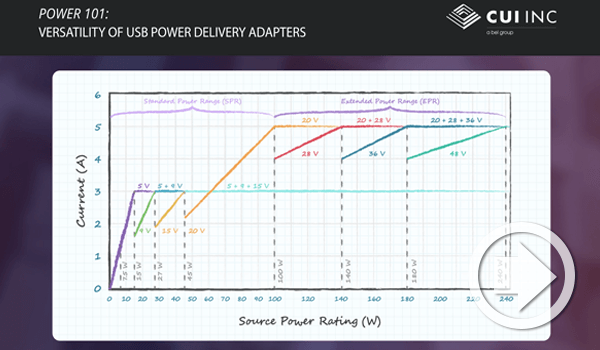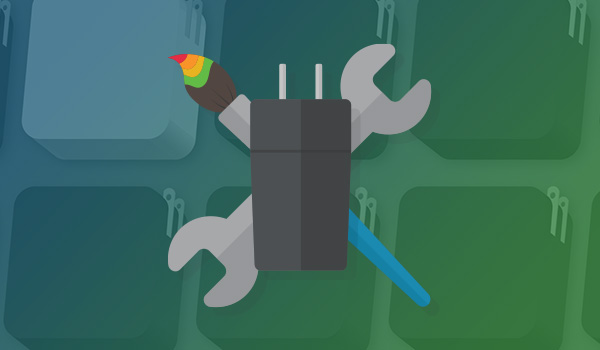How USB Type-C Mandates Affect External Power Supplies
February 7, 2023 by Bruce Rose - 5 Minute Read
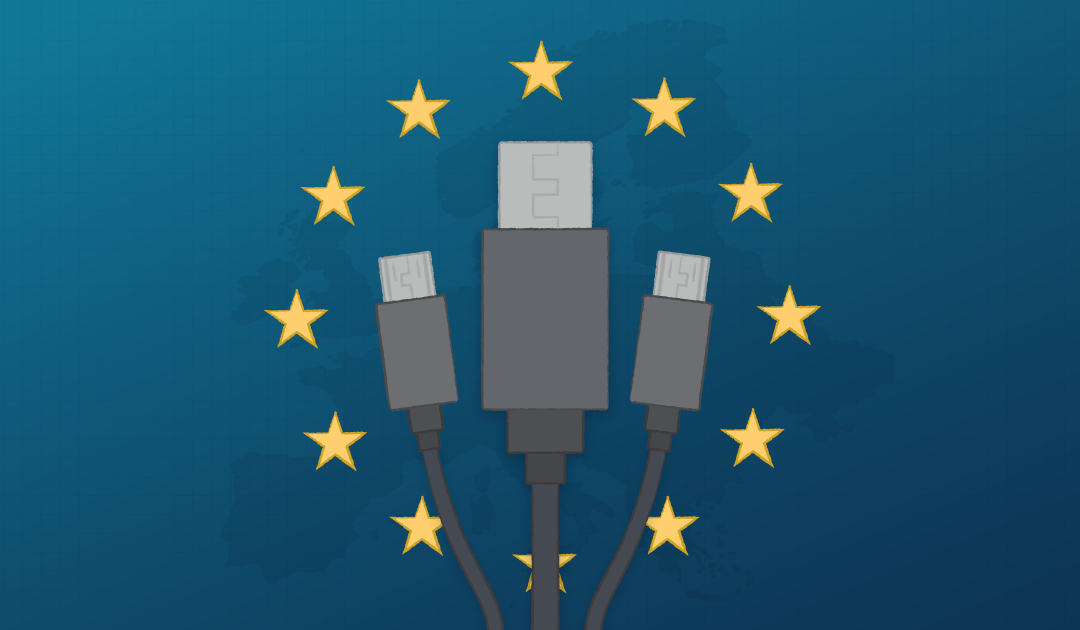
The Future of USB Adapters
Power supplies incorporating USB standards have been popular for many years and will become even more widely used in the next few years. One significant action contributing to the future adoption of USB power supplies is the Council of the EU has recently approved a one-size-fits-all common charger directive mandating the use of USB Type-C ports on specified classes of consumer products beginning in 2024. This mandate addresses only consumer products, but the adoption of USB power supplies for these products will be a significant catalyst for similar adoption in many industrial and other unrelated product categories. While ‘total ignorance’ of USB power supplies has been a fine attitude in the past and may also be so in the future, a small amount of knowledge regarding power delivery and USB will help to eliminate some frustrating situations for many users of the new USB supplies.
A Historical View of Power Delivery
At the present time, there are many standard and non-standard dc output plugs used on external power supplies (wall plug and desktop) to connect to the equipment. Users often have a large collection of external power supplies and rely on the concept of ‘if the plug fits, then it must be the correct power adapter for the equipment’ to select an adapter for their equipment. While this attitude often works, it also has the risk of damaging the equipment due to the wrong adapter being selected.
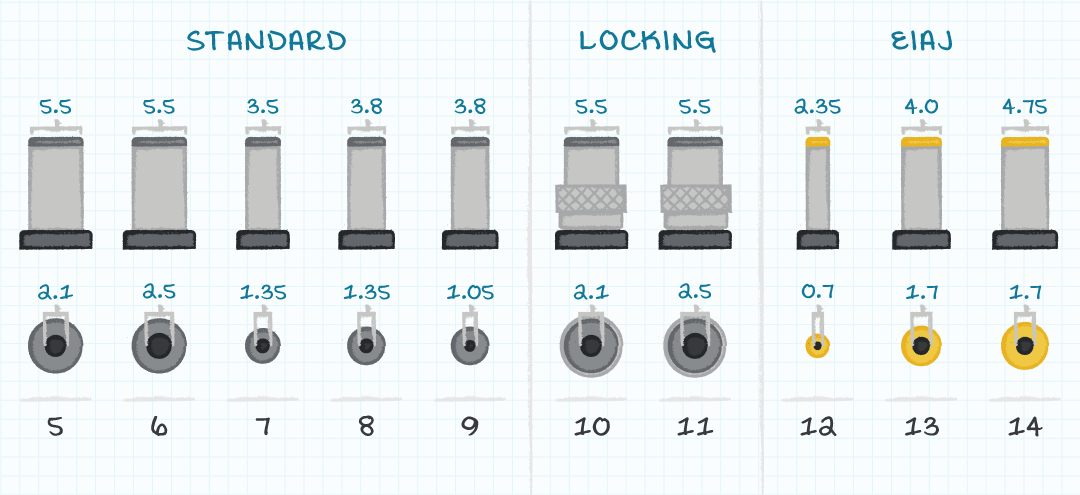
Initial USB Power Delivery
When the USB standards were released in 1996 through 2012, USB power delivery was limited to only a single voltage. Because USB initially specified only a single voltage, it was always appropriate to connect any USB equipment to any power supply with a USB output plug because all USB equipment was designed to operate properly with the supplied USB voltage.
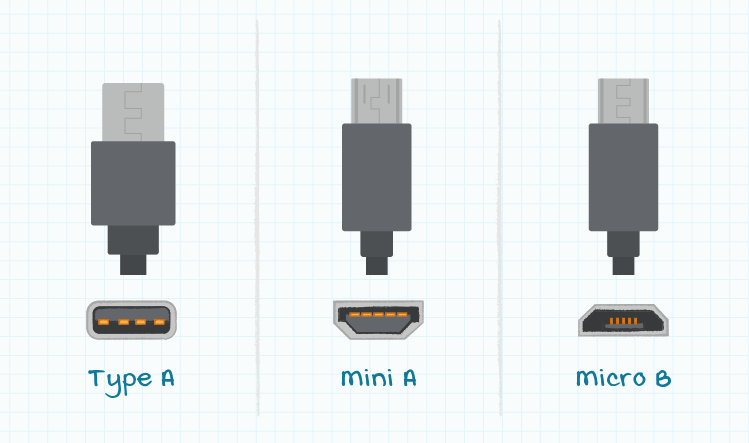
Updated USB Power Delivery
After about 2012, the USB standards introduced multiple new supply voltages in addition to the original USB supply voltage. Instead of defining unique plugs to support each voltage level, the USB consortium defined a communication protocol so a piece of USB equipment could communicate with a USB power supply to negotiate the appropriate voltage and power level to be delivered by the supply. This new USB communication protocol is part of the USB PD (Power Delivery) standard and is most often implemented with the EU Council mandated USB-C plug. Attempting to understand the different plug and communication standards can be confusing, thus it is now accepted to refer to the combination of the USB Type-C plug and the USB-PD communication protocol simply as “USB-C”.
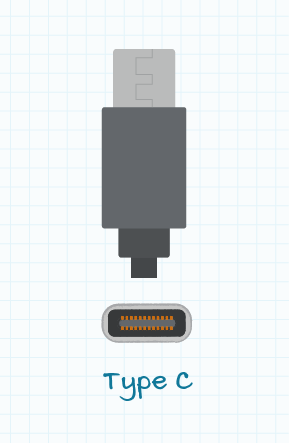
Understanding Potential USB-C System Power Delivery Issues
It is good news that with USB-C systems, users can now update their attitude to ‘if the USB-C plug fits, then there will be no harm caused by using the power adapter for the equipment’. The bad news with this simplistic attitude is that some USB-C power supplies will still not allow USB-C equipment to work properly. It will be beneficial to have a basic understanding of USB-C to determine if the problem with non-working equipment is a faulty USB-C power supply, faulty USB-C equipment, or an improperly matched USB-C power supply and USB-C equipment combination.
Understanding the Limitations of USB-C Power Supplies
One general characteristic of power supplies (USB-C included) is that a power supply capable of delivering lower output power will be smaller, lighter, and less expensive than one capable of delivering higher output power. This can be an advantage for the user. When we carry a charger for our cell phones, we would like it to be as small and light as possible and when it is inexpensive, we may decide to have multiple supplies in different locations, so we do not need to carry one as often.
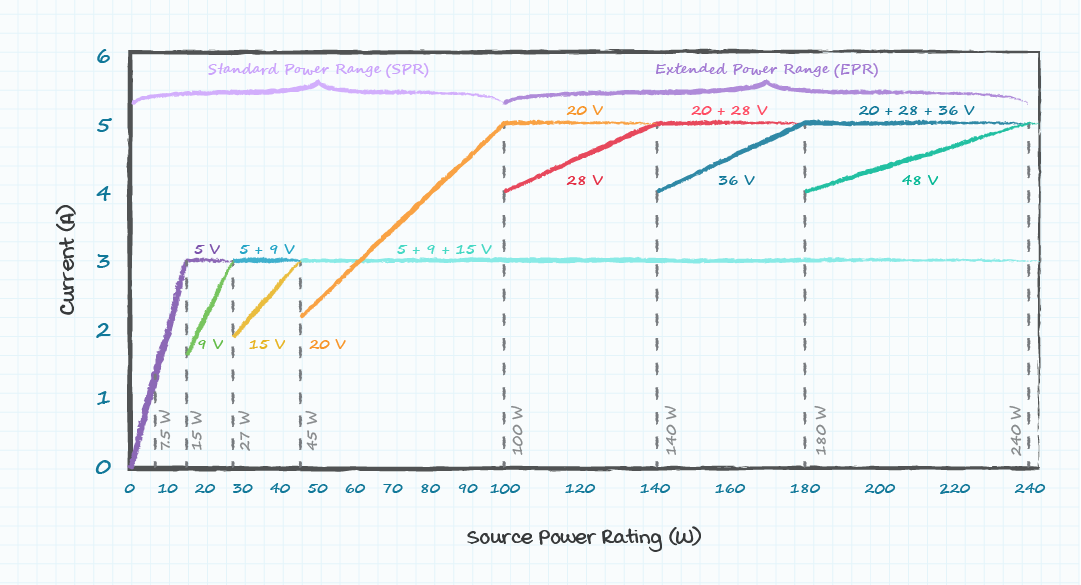
A disadvantage to selecting a lower power USB-C supply is it may not provide the output power level required by the equipment. The equipment will not work when a power supply is selected that is too small. A simple solution to this problem is to find a larger power supply for the equipment. While the solution is simple, when a piece of equipment is not working it will cause frustration while the user determines the source of the problem: the wall power socket, the power supply, the plug between the power supply and the equipment, or the equipment itself. There are no simple solutions for determining the source of a non-working piece of equipment as described above other than to try different combinations of wall sockets and power supplies until the problem is solved. Fortunately, most of the time users will quickly learn what supplies are appropriate for each piece of equipment and continue to use the proper power supply.
Assistance Regarding USB-C is Available
Many power supply vendors, such as CUI, have knowledgeable support staff who are available to assist in selecting appropriate power supplies for customer applications. There will be instances where a modified power supply is the appropriate solution, and the vendor can assist with those situations also.
Industry News , Product Selection
You May Also Like
Have comments regarding this post or topics that you would like to see us cover in the future?
Send us an email at powerblog@cui.com

